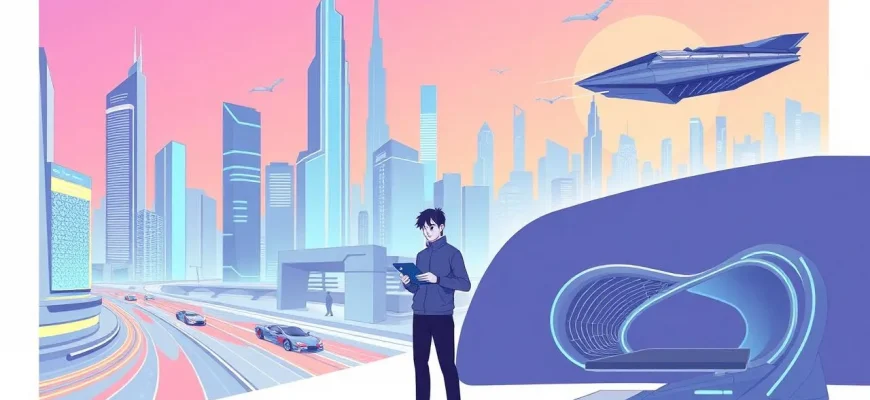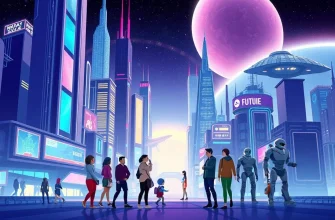Step into the world of futuristic aesthetics and innovative design with our curated list of 10 sci-fi films. These movies not only entertain but also inspire with their visionary approach to architecture, fashion, and technology. From the sleek lines of spacecraft to the intricate details of futuristic cities, each film in this collection showcases how design can shape the narrative and the world-building in science fiction cinema. Whether you're a design aficionado or just love a good sci-fi flick, these films are sure to captivate and ignite your imagination.
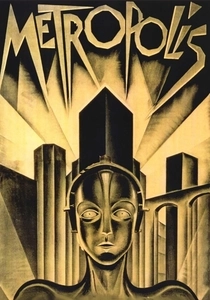
Metropolis (1927)
Description: This silent film masterpiece by Fritz Lang is one of the earliest examples of sci-fi cinema, featuring an Art Deco vision of the future. Its cityscape, with its towering skyscrapers and intricate machinery, has influenced countless films and designers.
Fact: The film's sets were so large that they took over a year to build, and the city of Metropolis was constructed on a 1:25 scale model.
 Watch Now
Watch Now 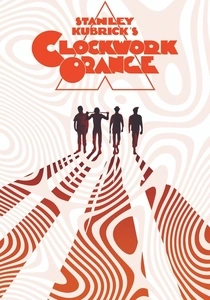
A Clockwork Orange (1971)
Description: Stanley Kubrick's film features a unique blend of futuristic and retro design, with its iconic costumes and sets. The film's visual style, particularly the use of color and lighting, creates a disturbing yet captivating atmosphere.
Fact: The film's sets were designed to look like they could exist in both the past and the future, creating a timeless feel.
 Watch Now
Watch Now 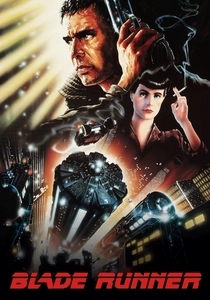
Blade Runner (1982)
Description: Set in a dystopian future, 'Blade Runner' is renowned for its groundbreaking production design, creating a visually rich world where the line between human and artificial is blurred. The film's depiction of Los Angeles in 2019, with its neon-lit streets and towering, decaying buildings, has become iconic in sci-fi cinema.
Fact: The film's set design was so influential that it inspired the look of many video games and movies. Ridley Scott, the director, was inspired by the art of Syd Mead, who created the visual style for the film.
 Watch Now
Watch Now 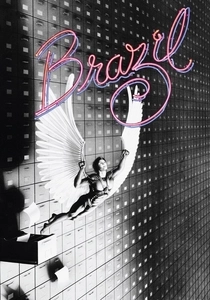
Brazil (1985)
Description: Terry Gilliam's 'Brazil' presents a dystopian world where bureaucracy reigns supreme, and the design reflects a retro-futuristic aesthetic with a touch of steampunk. The film's sets are a chaotic blend of old and new technology.
Fact: The film's production design was inspired by the works of M.C. Escher, creating a surreal, labyrinthine environment.
 Watch Now
Watch Now 
Ghost in the Shell (1995)
Description: This anime film is celebrated for its cyberpunk aesthetic, with its detailed cityscapes and futuristic technology. The design of the cyborg characters and the urban environment has influenced many subsequent works in the genre.
Fact: The film's director, Mamoru Oshii, was inspired by the architecture of Hong Kong for the city's design.
 Watch Now
Watch Now 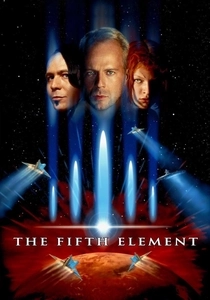
The Fifth Element (1997)
Description: Luc Besson's 'The Fifth Element' is a visual spectacle with its vibrant, colorful design of a future New York City. The film's costume design, especially the iconic outfits of Leeloo, showcases a blend of futuristic and retro elements.
Fact: The film's costumes were designed by Jean-Paul Gaultier, who also made a cameo appearance in the movie.
 Watch Now
Watch Now 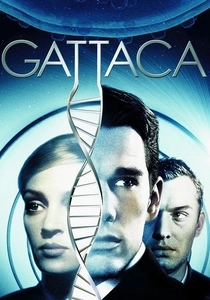
Gattaca (1997)
Description: 'Gattaca' presents a world where genetic engineering is the norm, and the design reflects a sterile, orderly society. The film's aesthetic is both beautiful and unsettling, showcasing a world where perfection is expected.
Fact: The film's production designer, Jan Roelfs, used a color palette of blues and grays to emphasize the cold, clinical environment.
 Watch Now
Watch Now 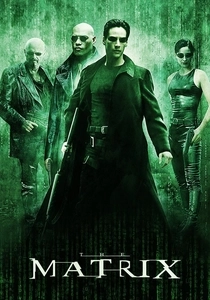
The Matrix (1999)
Description: 'The Matrix' redefined the visual language of sci-fi with its sleek, minimalistic design of the virtual world contrasted with the gritty, real world. The film's costume and set design have become iconic in the genre.
Fact: The film's production designer, Owen Paterson, drew inspiration from Japanese anime and cyberpunk aesthetics.
 Watch Now
Watch Now 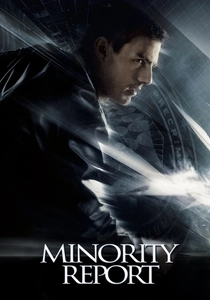
Minority Report (2002)
Description: Steven Spielberg's vision of the future in 'Minority Report' includes innovative design elements like gesture-based computing and personalized advertising. The film's design reflects a society where technology has permeated every aspect of life.
Fact: The film's technology was so ahead of its time that many of the concepts, like gesture-based interfaces, are now becoming reality.
 Watch Now
Watch Now 
Her (2013)
Description: Spike Jonze's 'Her' explores a near-future where technology is seamlessly integrated into everyday life. The film's design focuses on minimalism and simplicity, reflecting the protagonist's emotional journey.
Fact: The film's production designer, K.K. Barrett, aimed to create a world where technology was so advanced it was almost invisible.
 Watch Now
Watch Now 
